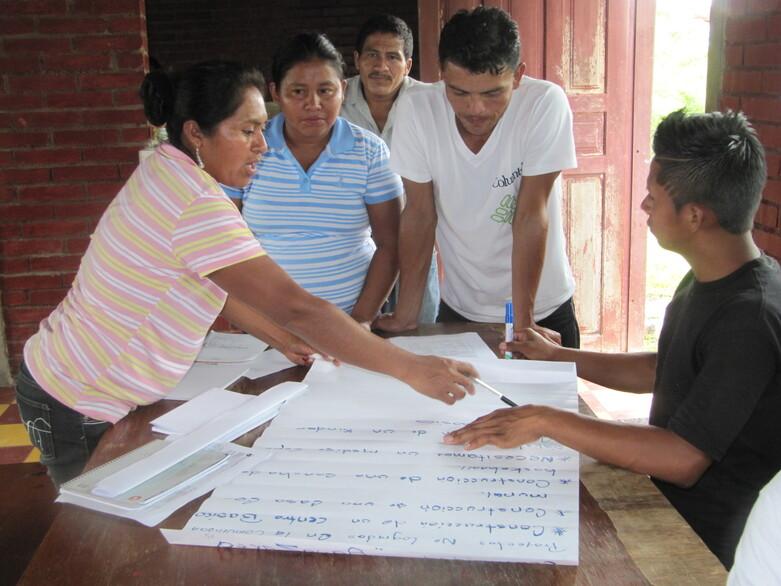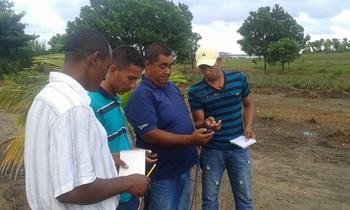Context
The ecosystems in the core zone of the Mesoamerican Biological Corridor between Honduras and Nicaragua are some of the most biodiverse areas in the world. They perform important ecological functions and form the cross-border homeland of the Garífuna, Pech, Tawahka, Miskitu and Mayangna indigenous peoples. Progressive deforestation, caused by unchecked logging, forest fires and forest clearance to make way for extensive agriculture and cattle farming, is placing ever-growing pressure on those functions. The situation is exacerbated by corruption, political influence exerted through particular logging and agricultural interests, a lack of clarity as regards land ownership and the strong influence of drug-related crime. These factors contribute to the further decline in wooded areas and thereby in biodiversity. The loss and degradation of natural resources jeopardises the livelihoods of the local, in particular indigenous, population who rely on these for both subsistence farming and market-oriented production.
Objective
Local stakeholders in the core zone of the Mesoamerican Biological Corridor have, with significant female participation, improved the management of their territories.
Approach
A detailed consultation process in 20 territorial assemblies of indigenous communities laid the foundation for the participatory planning and implementation of the project. The project covers an area of some 35,000 km2, the largest contiguous stretch of protected tropical rainforest in Central America.
The project provides advice relating to three core processes:
-
Protecting by using: promotion of economic alternatives in protected areas
Governmental and non-governmental organisations receive support in planning and carrying out projects to foster the know-how and skills required for green business, for example sustainable cocoa production, storax resin harvesting and integrated management of agricultural land. -
Developing the resources and skills of the indigenous population and their organisations
In addition to improving project management, it is particularly important that indigenous organisations and their structures are strengthened so that they are able to look after the interests of their members effectively. -
Promoting and setting up local and binational consultation and coordination mechanisms
The project supports national and binational consultation processes involving representatives of public institutions as well as local and indigenous organisations to ensure that initiatives centred on conservation and sustainable use of forest ecosystems are better coordinated.
On behalf of the European Union, the project is also implementing an initiative intended to promote the wood and furniture value chain in Nicaragua. To that end, training opportunities are being developed for the staff and management personnel of small and medium-sized businesses operating in the wood and furniture sector, and cooperation and coordination among stakeholders in the value chain is being strengthened.

